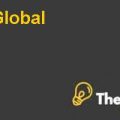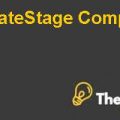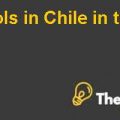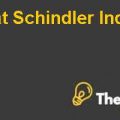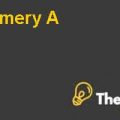Introduction
KTM is the manufacturer of motorcycles for adults, young and children, it was originated in 1934, the company has been engaged in giving a thrilling experience to riders. The company is widelyknown for production of the key components of engine. It is providing off-road products to its customers(KTM, 2017).
The management of the company has large stake i.e. 51%in Cross-Holding, the remaining 49% is owned by the BC European Capital i.e. a venture capitalist firm. In 1999 BC EuropeanCapital had investedfor 49% stake in KTM. It had helped the management of KTM so that it would become able to acquire business contacts. The company took help of venture capitalist in order to wen public. After the spending of successful growth years, BC have decided to liquidate its position and KTM was deciding to repurchase the BC’s equity position.For this reason, the company have to strive for making expansion plans which would benefited the company in long run.
The operations of KMT continue to be based on the sales from the off-roadmotorcycles, which are contributed in 80% from total sales, whilst 60% of the overall profit tend to be earnedfrom European countries. The financial structure of KTM must be prepared in order to implement the expansion plan.
KTM Case Harvard Case Solution & Analysis
Question 01
Enterprise Value
The enterprise value is the measurement of valuation which is useful in comparing the companies with different or varying level of debt. It is somehow related to the market capitalization. The enterprise values can be thought as it is theappropriate and most effective cost for purchasing the company.
The enterprise value can be calculated in number of ways, the simplest way to calculate EV is that deducts cash and cash equivalents from minority interest, preferred shares, and debt and market capitalization. Nonetheless, the KTM valuation can be evaluated by using the FCF method i.e. free cash flow method which is also an appropriate way for finding the estimated worth of KTM. In addition to this, the value of the firm also required multiple analysis and free cash flow analysis (Saari, 2017).
Free Cash Flow to KTM: the data is estimated for the five years right from 2003 to 2007 and further forecasting is done through analyzing terminal value for the organization.Theweighted average cost of capital is calculated by using the CAPM for assessing the cost of equity, and Cost of debt; information is provided in exhibit A which leads to a WACC of 6.18%.
In order to calculate the enterprise value of KTM, the following assumptions are used:
- The discounting is calculated by using capital asset pricing modelapproach in order to find the cost of equity, furthermore the book value is used because there market value of equity is not givenof the company.
- Thebookvalue of the equity is used because there is no market value of the equity for KTM.
- For KTM, in order to calculate the beta equity, the industrial beta is used.
- The bank rate is assumed to be taken as the cost of debt i.e. 4.25 percent.
The Polaris organization’s beta is used because it is similar to KTM and it is one of the major competitor of KTM...................
This is just a sample partical work. Please place the order on the website to get your own originally done case solution.

